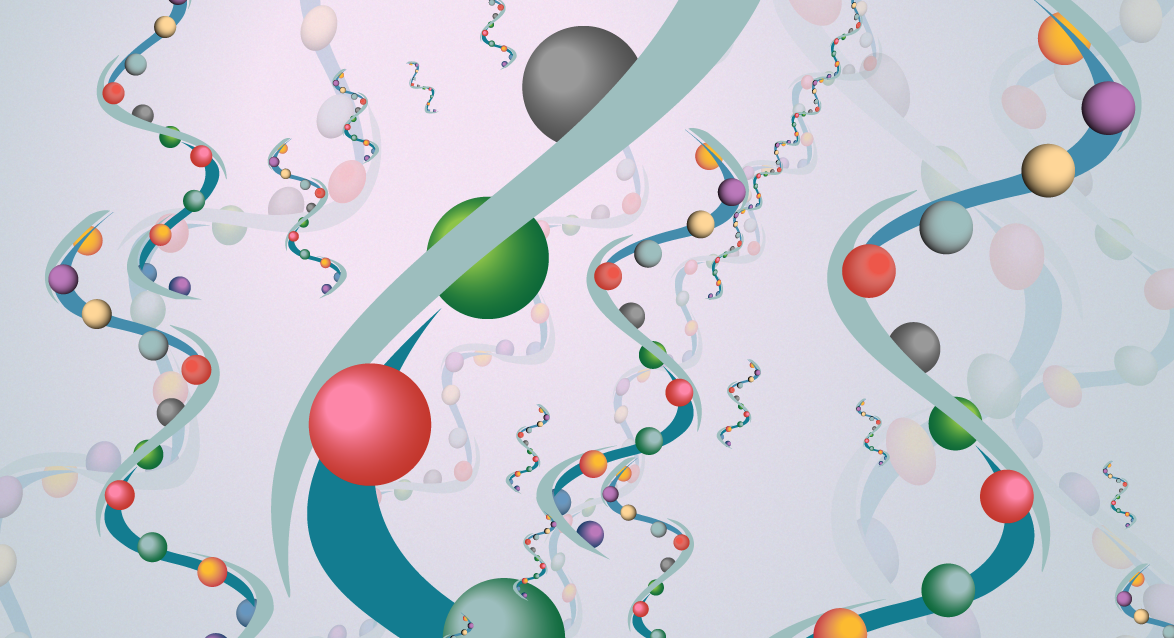‘The Brain Lady’

Not many kids have the chance to get up close and personal with a real human brain. But in Santa Barbara a growing number are doing just that, thanks to “The Brain Lady.”
Meet Karen Szumlinski, a professor in UC Santa Barbara’s Department of Psychological & Brain Sciences, whose “Brainiacs” outreach program to local schools perfectly blends her knowledge of brains and passion for education.
On a visit in late spring to Santa Barbara Charter School, she watched a group of third- and fourth-graders barrel into their classroom from recess to find a whole table of brains, both human and rodent. Some initial squeamishness quickly gave way to curiosity, and soon enough it was all Szumlinski could do to keep up with their questions.
And that’s how she wants it.
“When kids in the classroom ask interesting questions about the brain and relate it to their own personal experience, it makes me proud of them,” said Szumlinski, who tailors her brain awareness presentation by grade level to foster more complete participation. “It’s so awesome to be able to see these kids starting to put things together for themselves after just a 15-minute presentation. Of course, their favorite part — no matter what their age — is to actually see the human brains.”
Szumlinski’s own enthusiasm about brains often rivals that of her school-aged audiences.
Holding up a spinal cord for kids to see, she asked what the stringlike nerves that had been unwrapped from their protective sheath resembled.
“Hair?” said one student. “How about the spaghetti you ate for dinner last night?” Szumlinski countered. “Doesn’t the spinal cord remind you of string cheese? Or an electric cord or TV cable? All of these separate stringy things come together in a tight core that travels up your spine.”
For the past five years, Szumlinski and colleague Tod Kippin have brought their outreach program to the campus’s Orfalea Family Children’s Center, teaching 3- to 5-year-olds the basics of brain function while focusing on brain safety. There, “Eggalicious” was the star of the show as the children marveled over how her helmet protected her skull and kept her “egg brains” from coming out.
Last year, Szumlinski and Kippin set up a booth at Hope Elementary School’s STEM night. This year, they took over the Hope science classroom for two and a half weeks and filled it with exhibits, dissections and neuron face painting. This way, they were able to present the “Hope for Brains!” neuroscience program to the entire student body, from kindergarten to sixth grade.
“My hope for the very near future is to conduct similar schoolwide or organization-based programs all across Santa Barbara and Goleta,” Szumlinski said. “This year, we managed to reach out to two entire elementary schools plus more than 100 preschool children and 150 girls in the afterschool program at Goleta Valley Girls Inc. I envision creating a Brainiac Club to recruit interested graduate and undergraduate students as well as faculty to the cause so we can develop citywide activities that rival brain awareness programs elsewhere in the country.
“In the future, we’d like to hold an open house at UCSB,” Szumlinski added. “Then perhaps junior high students could come and see the MRI scanner we have and get a tour of a real live rodent laboratory, a real live human laboratory and then, if we go across to biology, a real live fly laboratory. So they could get a feeling for how we do neuroscience from the human down to the fly and back again.”



